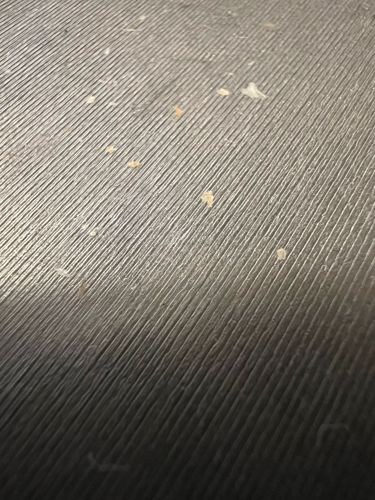Ant
Scientific Name: Formicidae
Order & Family: Hymenoptera, Formicidae
Size: 1 mm to 30 mm (0.04 to 1.2 inches), depending on the species.

Natural Habitat
Ants can be found in almost all terrestrial habitats around the world, except Antarctica. They build nests in soil, wood, under rocks, or in rotting logs.
Diet & Feeding
Ants have a diverse diet, ranging from other insects, nectar, seeds, fungi, and honeydew produced by aphids. Many species are opportunistic scavengers.
Behavior Patterns
Ants are highly social insects that live in colonies, which can range from a few dozen individuals to millions. They exhibit complex behaviors such as division of labor, communication through pheromones, and nest construction. Different castes (queens, males, workers) have specialized roles.
Risks & Benefits
Risks: Some species can sting and cause painful reactions (e.g., fire ants). They can infest homes, contaminate food, and damage wooden structures (e.g., carpenter ants). Benefits: Ants play important roles in ecosystems, including soil aeration, seed dispersal, pest control (predating other insects), and decomposition.
Identified on: 10/30/2025